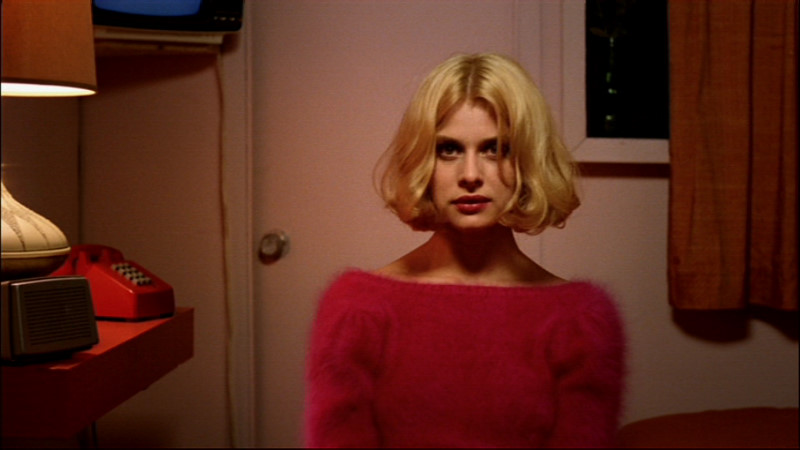
The scene. The cinematographic equivalent of theatrical acts. It can easily be understood as the backbone of the movie. In this time unit, space and action are some of the main elements of the cinematographic articulation. In the more traditional cinema, the scenes have linking facts between them – usually, there is a bridge that makes the link among two different scenes. As in modernity, especially on the new waves and on vanguards, the movies have few connection between scenes – fact that can be easily observed at Un chien andalou, creating a huge disconnection on the plot.
Also in modern cinema, the scenes start developing more and more, having as such cinematographic articulation and dramatic curves as a full movie. The soviet grandmaster Andrei Tarkovsky is one of the countless cineasts that works meticulously in each one of the scenes in his pieces, leading them to reach extremely dilated proportions of time. Another soviet, now from the 20’s, Sergei Eisenstein cuts his scenes as much as he can, with a lot of editing.
Scenes can have lots, few or even just one shot. It can have the duration of a frame or compose a full movie. It can be a landmark in the history of cinema. Here are the 20 most perfect scenes of cinema history.
20. Underground scene (Possession – Andrzej Zulawski, 1981)
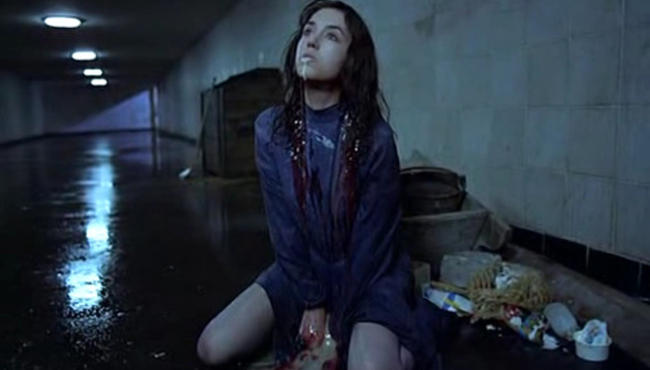
Possession is definitely Andrzej Zulawski’s masterpiece. With an usual violence and gore – both of them being director’s trait -, the movie easily transits among thriller and horror. Very controversial, Zulawski got involved in many controversies regarding Polish government’s repression during the filming of his movies. Therefore, he formed a big part of his career in France.
Zulawski’s piece is about Anna and Mark, a couple that faces matrimonial problems during their child’s childhood. After many fights, Anna decides to abandon her family. Then, Mark starts investigating her to find out why she left – suspecting an affair. However, getting deep into this mystery, he finds out that his wife has a relationship with a weird and exotic creature.
Now, regarding the most significant scene on the movie: Anna and her mental breakdown on the subway. After a frustrated attempt of reconciliation made by Mark, Anna goes shopping and, after entering the subway, she undergoes the beginning of her possession process by the monster. In between screams, fluids and a frenetic ballet, the director composes a strong and expressive scene, that works as a synthesis of the aesthetics of the movie. Horror, monstrosity and drama together with Isabelle Adjani’s acting and an impeccable directing result in this iconic moment in Possession.
19. Encounter with Madeleine (Vertigo – Alfred Hitchcock, 1958)
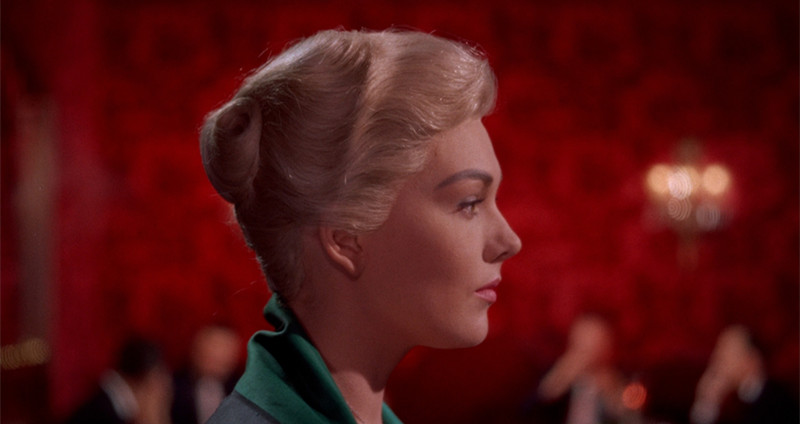
Alfred Hitchcock is certainly one of the major directors that has ever lived. His way if filming changed the course of suspense thriller movies. Very rigid during the filming, he always strived for perfection in terms of his movies. It wasn’t different in Vertigo: its plot is full of mysteries and mental and psychological confusions that compose one of the greater thriller movies of cinema history. The movie is about a private detective, Scottie, that is hired by his friend to watch his wife, Madeleine. The reason: her husband believes that she is possessed. However, Scottie and Madeleine start to develop attraction towards each other.
In the scene mentioned here, one of Scottie’s first espionage occurs: he follows Madeleine and ends up in a high society restaurant. There, he sits on a bar and just observes as she leaves the establishment. Here, Hitchcock conducts the sequence with mastery: silently, he creates an atmosphere of doubt and curiosity, using a subtle “game” of point of view. The character remain apart in distance, affinity and frame. But, with just a few glimpses, it can be observed in Scottie a fascination for the stunning beauty of Madeleine.
18. Cyprian Norwid’s poem (Ashes and Diamonds – Andrzej Wajda, 1958)
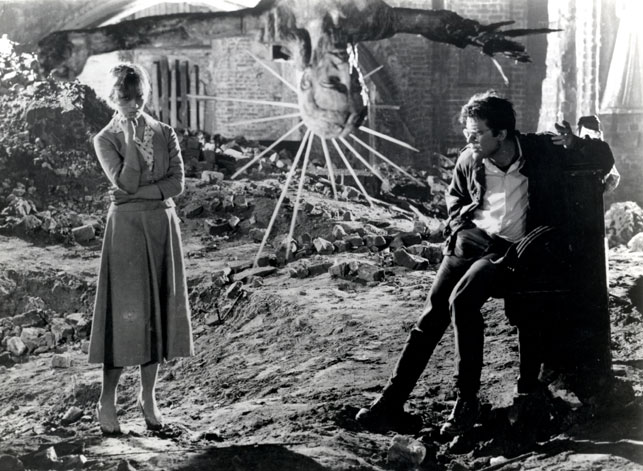
It could be just another cliché movie about the World War II, but Ashes and Diamonds is the contrary. With its title inspired in a poem from Cyprian Norwid, polish writer from the XIX century, Wajda is able to give poetry to a very tragic and violent history movie. The piece is about two soldiers, Maciek and Andrzej, that are supposed to kill a communist leader from the Soviet Union. During a stay in a hotel, Maciek falls in love with Krystyna, the hotel attendant. But this brief romance extends itself until hours before the end of his mission.
After one night sleeping together, Maciek and Krystyna walk around areas bombed by war. In this scene, they walk by corpses, wreckage and a Norwid’s poem written on a catacomb. There, they think about the meaning and symbology of the poem. Wajda articulates the scene in a very lyrical manner, using hardly perceptible cuts, making the actors movementation around the scenario very natural. Also, the poetry in the scene leads to the thinking of a reconstruction post-war, as, like Norwid said, from ashes comes diamonds. The scene ends with the couple lost in thoughts, going back to the hotel in silence.
17. Ending (The Embrace of the Serpent – Ciro Guerra, 2015)
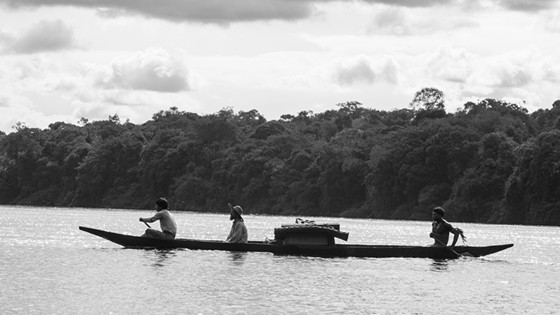
One of the most poetic pieces these years, The Embrace of the Serpent is, without a doubt, a masterpiece of latin american cinema. Ciro Guerra directs with as much property and delicacy needed to touch in such delicate points as colonization and exploration. The movie is about the journey of Theo, a sick german explorer, and Karamakate, an indian, through the the Amazon jungle in a search for a rare and miraculous plant. Forty years later, another foreigner, Evan, does the same journey with Karamakate.
In the end of the movie, they arrive to a mountain and Evan is able to taste the rare plant. In the moment Karamakate applies the mixture on Evan, the explorer passes out and there is a sequence of oniric and hallucinogenic images. They refer to the genesis of the universe, taking the movie away from its previous scenery; also, the camera floats among the mountains, while a heavy music and ritualistic whispers can be heard in the background.
The whole movie is black and white, until Even passes out. From this point on, The Embrace of the Serpent starts having color, with labyrinth forms that reminds of a serpent’s movement. Such hallucination, conducted in a masterful way, gift the viewer with oniric projections caused by the magical plant.
16. Psychiatrist (Annie Hall – Woody Allen, 1977)
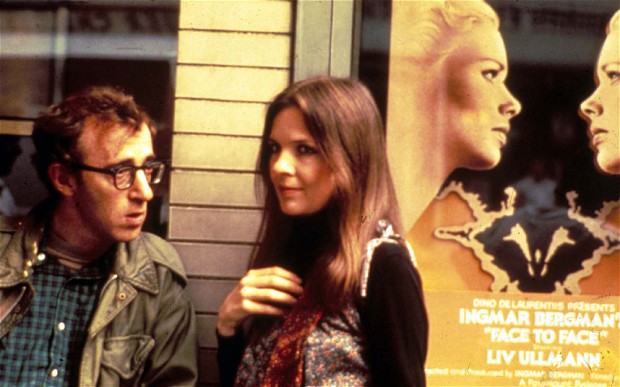
Annie Hall is the synthesis of the figure that is Woody Allen. This movie makes no exception to a current theme in his movies: they always originate from psychoanalysis. Alvy, an ex-comedian, falls in love with Annie, an aspiring singer with a difficult personality. She has been doing analysis for fifteen years, but Alvy thinks she’ll need more sessions: after moving in together, the marital crisis starts and the relationship between them get worst. With mixed feelings and incommunicability, the couple are in a very hard situation.
The scene here could not be other than this: the iconic scene of the psychiatric appointment. In one of the best shared screen scenes of all time – if not the best -, Alvy and Annie express their conflicting feelings to their therapists.
The most excellent part of this scene is the editing; the viewer’s attention happens through the pauses that each character do during their lines: when one of them pauses, the other speaks. It makes evident the different perceptions a same event has. With his usual dialogs of extraordinary quality, Woody Allen does one of the most original therapy scenes of cinema history.
15. “Porque te vas” dance scene (Cría Cuervos – Carlos Saura, 1975)
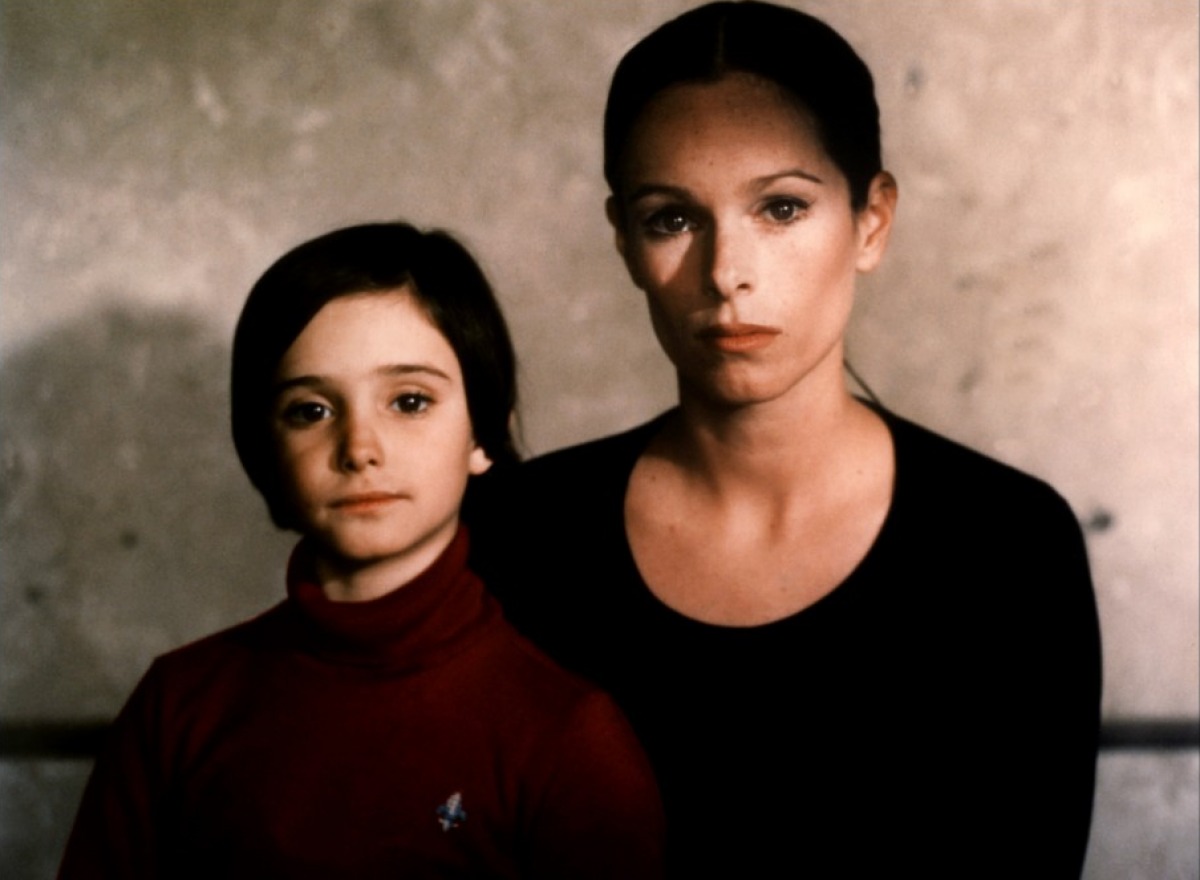
Porque te vas is a single by the french singer Jeanette, that got popular after the movie release. In Cría Cuervos, a masterpiece of spanish cinema, Ana remembers her childhood after twenty years of her father’s death, trying to understand her relationship with her sisters, Irene, the firstborn, and Maite, the younger.
Orphaned, the three of them live under custody of their aunt, a controversial figure that tries to create love ties with them, but struggles due to her strong personality. Clearly unstable and devoid of maternal affection, Ana starts to believe that she has the power to communicate with her deceased mother and to interfere in the life and death of the people around her.
In this scene, the girls play in their room when, suddenly, Ana puts a song in her vinyl player: Porque te vás. They enjoy the song while they cut out women’s magazines, until they are interrupted by her aunt, that says that she is leaving. Ana turns up the music and the other sisters start dancing in tune, while the protagonist watches. Silently, she moves towards Irene and starts dancing next to her.
The director commands this action with almost no meddling, letting the actresses command the scene. Here, Ana has one of the few individual freedom moments in the movie; she feels free. When she stays next to the older sister, she feels safe. The song, combined with the lightweight choreography, creates a peace and serenity environment, a rare moment in Ana’s life.